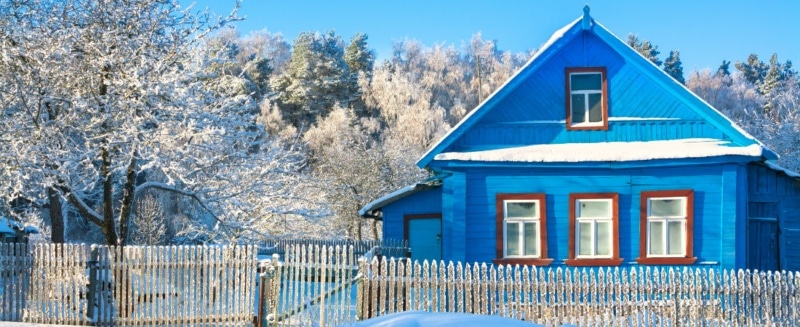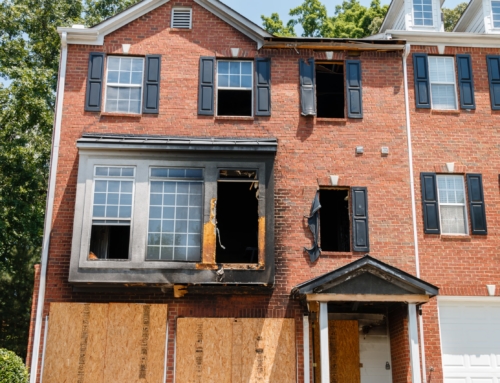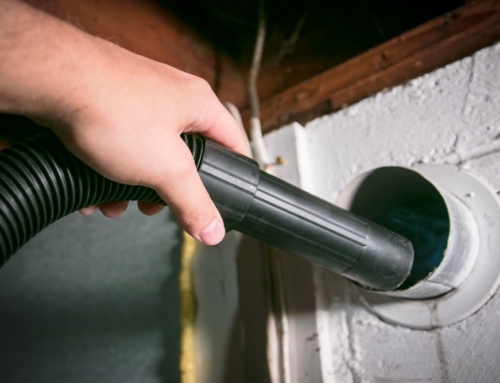A mild fall is one thing, but if you don’t prep your home for winter, you could be putting your home value at risk.
Prepping your home for winter means more than just digging out the shovels and filling a bucket with salt. A cold winter season can cause damage to your home and property, which translates into out of pocket costs, possibly higher insurance deductibles, and even higher utility bills. In short: Higher costs all around.
The good news is there’s plenty you can do to get ready for the cold weather ahead. Here are four steps you can take to prep your home for winter that will help you maintain – or even improve – its value next spring.
- Hold onto your heat through the windows and doors. Whether you’ve got two windows or 50, they need to be prepped for the wicked winds of winter. Screens should be replaced with storm windows and doors, and insulation and caulking should be checked and (if needed) refreshed and upgraded. Once they’re set to go you’ll want to stay on the lookout for drafts as the weather cools down. The more you do to limit heat escaping through these areas – whether it’s by replacing cracked glass, installing weather-stripping or even using the old reliable plastic insulation kit – the bigger the savings you’ll see on your heating bill. Want to test how much heat you’re losing (and, by definition, cold air in the summer)? Take a lit candle and hold it up to the window. If the flame jumps, you’ve got a leaky window.
- Clean out the gutters and inspect the roof. If you have trees that shed leaves in the fall, your gutters are surely stuffed by now. So, take the time to clean your gutters and make sure they’re properly attached. They need to be clear for drainage later in the season so snow and ice can melt easily off of the roof and to prevent a heavy snowfall from tearing them off of your home. While you’re at it, look over the roof, the shingles and even the chimney for damage, leaks or anything coming loose. You’ll likely be spending extra time on the roof putting up holiday decorations so do the work to confirm everything is as it’s supposed to be now. If you don’t want to get up on your roof (especially true if you’ve got more than one story), investing in a gutter-cleaning service is an inexpensive way to get this home maintenance done quickly.
- Test for seasonal problems in your home today. Plenty of problems come up when you make the switch from fall to winter in your home. You might use the fireplace for the first time in awhile (perhaps years!) or fire up the heating system only to realize something is blocked or broken and you’re left in the cold. Catch these problems early by hiring a chimney inspector every couple of years, as well as a heating contractor to clean your HVAC system and replace filters. You should also check your smoke and carbon monoxide detectors (these need to have batteries replaced every year but the actual detectors themselves should be replaced every 5 years) before we get too deep into the cold weather season. Don’t forget to inspect your sump pump as well and make sure the battery is fully charged. Once spring comes and the snow melts you’ll need it working well to avoid flooding.
- Handle small tasks yourself, hire professionals for bigger issues. Experienced homeowners might have a well-tested prep plan for winter, while first-time homebuyers may worry about burst pipes and other issues. There are plenty of extra small tasks you can take on yourself, like switching the direction of your ceiling fans to direct warm air downward, but don’t be afraid to hire a professional if you need the help. Your home is likely the most expensive asset you own, so if you encounter a larger issue you want it solved properly.
Here’s something extra to add to your winter prep list: Think back to last spring. What problems did your home face when recovering from winter? Maybe the home’s ventilation system required cleaning or the leaves you never raked up killed a large patch of grass in the yard. As you’re inspecting your home and taking care of your winter prep tasks this year, make a note of past issues and take care of them now to save yourself a headache in the future. And if you notice other problems – like peeling paint or a slight lean in your backyard fence – these could be opportunities to tackle once the weather warms up again. Not only will you improve the look of your house, you could be adding to its value and possibly avoiding bigger problems down the road.







Leave A Comment